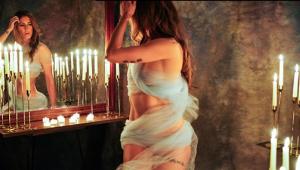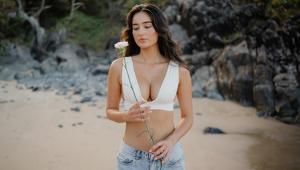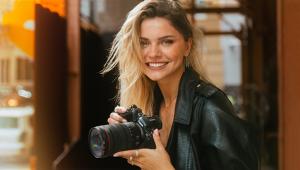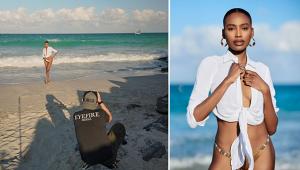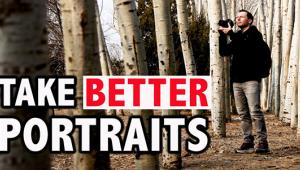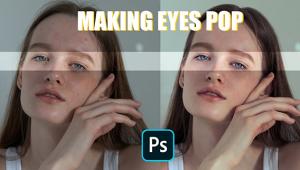How To Shoot Warm-Looking Winter Portraits Outdoors With Natural Lighting
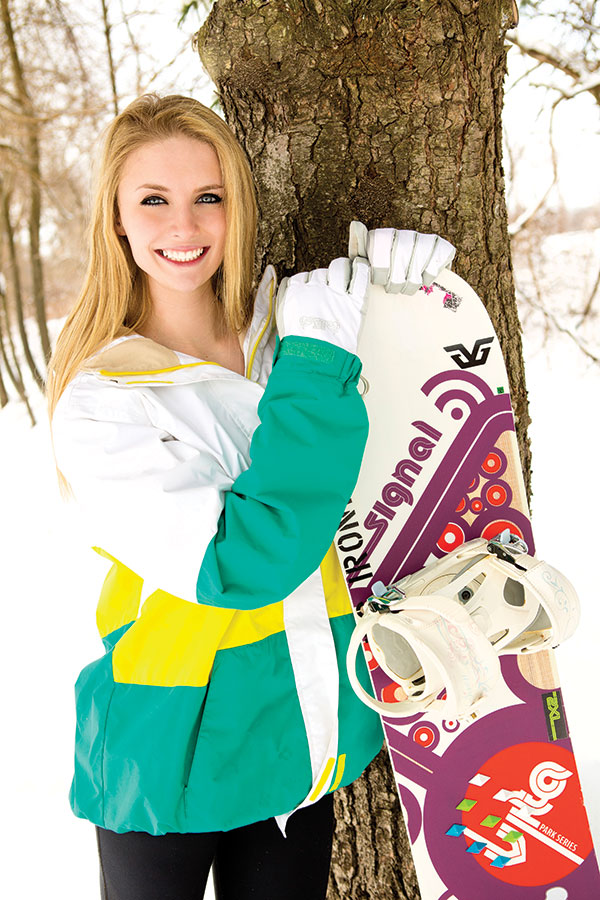
As a child, I clearly remember my father taking Kodachrome images of my sister and I in the snow. I always associated childhood winter 35mm slides with the blue cast they possessed. Not understanding color temperature, I assumed photos were always blue because it was cold outside. Summer images were understandably warmer looking.
Now that I know we have control over the color temperature, we can utilize all of the snow that is lying around from December to March in snow regions to take our own portraits. Colder weather portraits can still have warmth if you do control the color temperature and use it to your advantage. In fact, your winter images may look a lot better because you have nature’s natural reflector handy—snow. In this article, I would like to look at several instances where the soft, reflective quality of snow will enhance your images.
Even Illumination
My model, Paige, enjoys snowboarding when enough of the white stuff blankets the ground. Her light skin tone, blonde hair, and white jacket didn’t really present that much of a problem with contrasting with the snow. For the first example (#1), an overcast sky didn’t really necessitate Paige standing under a tree to provide even lighting. With no other source of lighting except the snow being the reflector, she had even illumination on her face.

All Photos © Chuck Gloman
Color temperature tends to be slightly higher with snow on the ground and more toward the blue end of the spectrum, so I color balanced off the snow which brought my temperature in at 6700˚K. Notice that the camera left side of her face is slightly brighter—snow shouldn’t create an even, flat look to the lighting. Opening up the iris slightly and allowing the reflective quality of the snow to act as an additional source of illumination resulted in a pleasing image of Paige.
We cheated slightly in the next image (#2) in that we placed a reflector just out of camera range on the left to add a little fill to Paige. Under the tree, the ambient light from the snow was not reaching her face, so a gold reflector added the needed warmth in color temperature. I still prefer to allow the background to overexpose slightly, which resulted in a more pleasing foreground image.
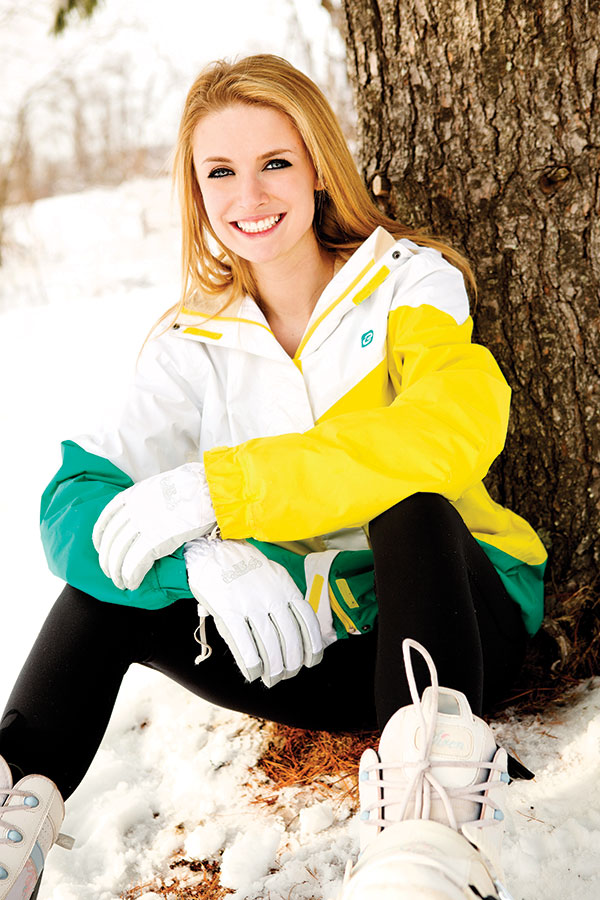
Expose For The Face
In the third example of Paige (#3), I moved her out into the sun. With her hair being backlit by the sun, a gold reflector adding a little ambient fill light to her face, we had a pleasant snow portrait. Again, allowing the background to be slightly overexposed pulls your eye into the subject who will now be properly exposed. In the last two examples, the warm reflector changed the color temperature on her face, allowing it to have a warmer cast, but I still determined the overall temperature from the surrounding snow. If a reading was taken from her face, the rest of the image would have a different hue—not something I was after.
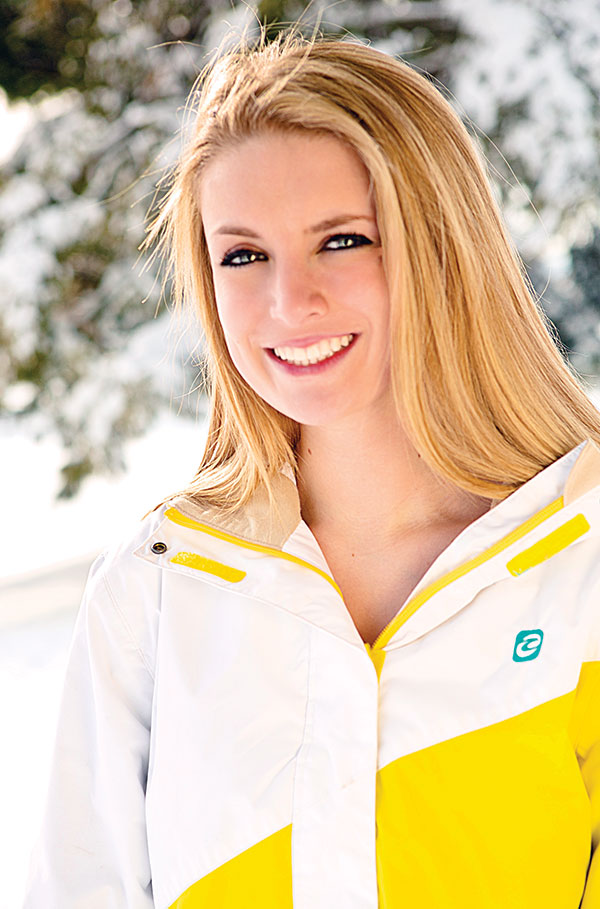
Kaci has dark hair as well as a darker skin tone. Her dark gray coat was a nice contrast to the snow. Using a gold reflector to illuminate her face with needed fill light, note how it warmed her skin tone. The color balance was set at 7000˚K, but the warm reflector lowered the color temperature on her face to 4000˚K. I would not recommend going much warmer than this, but it does add a nice healthy glow (#4). A similar shot without using the reflector has a slightly cooler appearance (#5).


Under the shade of a tree, the gold reflector was utilized again to provide a little warmth to Kaci’s face. You can see that the sun is at its midday strength in the background, but the added orange color temperature makes her face contrast quite nicely with her white tights (#6).

Sarah, with similar hair color to Kaci’s but with paler skin, also utilized the shade of a tree. Here the combination of the snow and the gold reflector just added a little warmth to her face—lowering the color temperature about 1500˚K. Pleasing, but not too blue or orange (#7).
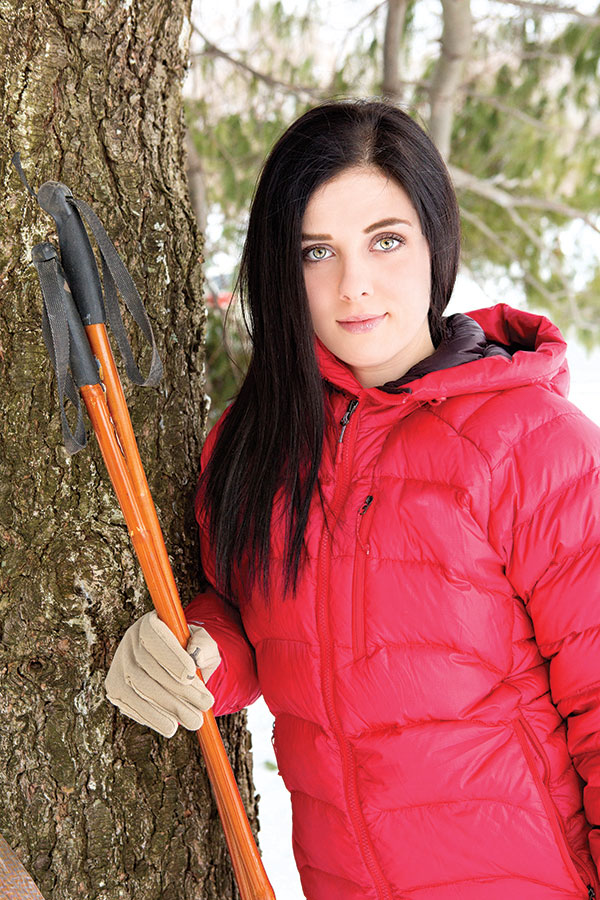
Warm It Up
One of Erika’s most striking features is her long hair. Sitting by a tree, and using added fill provided by a white reflector, the color temperature on her face remains the same as the rest of her environment (#8). Switching to a gold reflector warms just her face because her dark coat absorbed the reflected light (#9). The long shadow from the afternoon sun can also be seen.
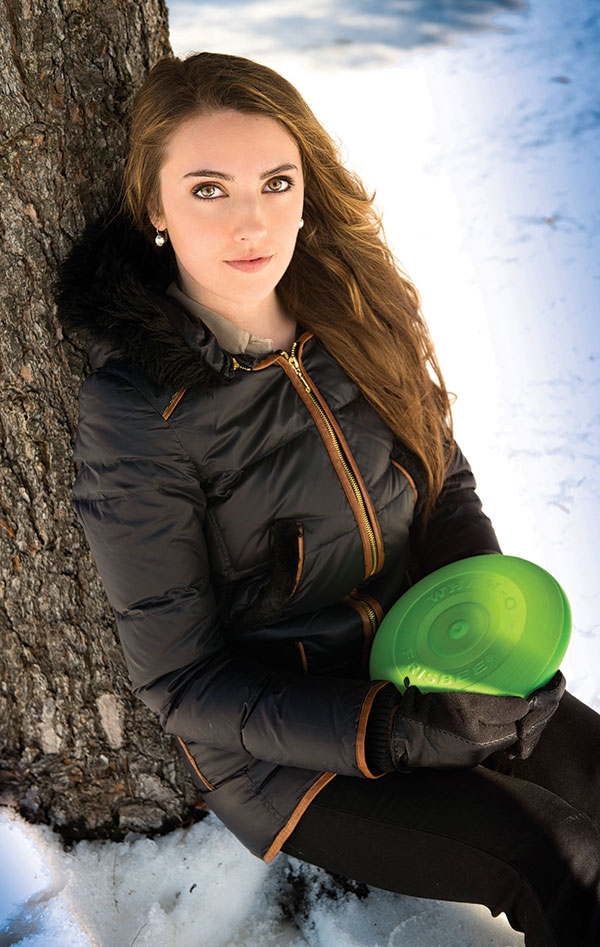

A hat on Erika totally changes her look and lighting dynamic (#10). Here, too, the “snow light” is helped with a gold reflector. In total shade with a sunlit background, the warm fill again accentuates Erika’s striking features (#11).
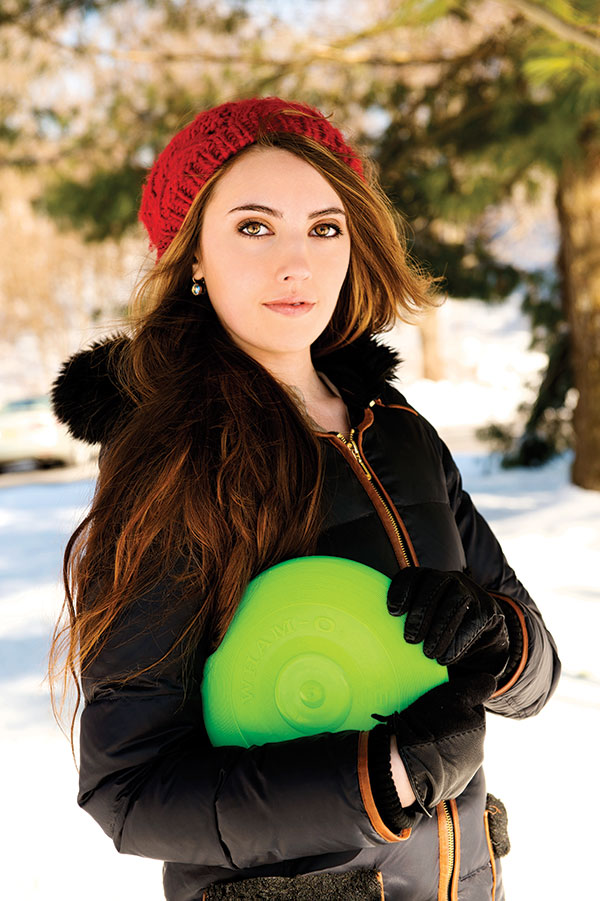

Kristin also chose the shade of an evergreen tree. A white reflector helped the snow provide the added fill illumination (#12). Out in direct sunlight, Kristin had a difficult time looking at the camera without squinting. With the harsh sunlight coming from camera right and striking her vibrant red hair, I used our reflector as a shade or flag. This prevented the sunlight from hitting her face, allowing the ambient fill light to be totally from the sun reflecting off the snow. Because all of the light was the same color temperature, I set the camera at 6200˚K and the color looked natural (#13).

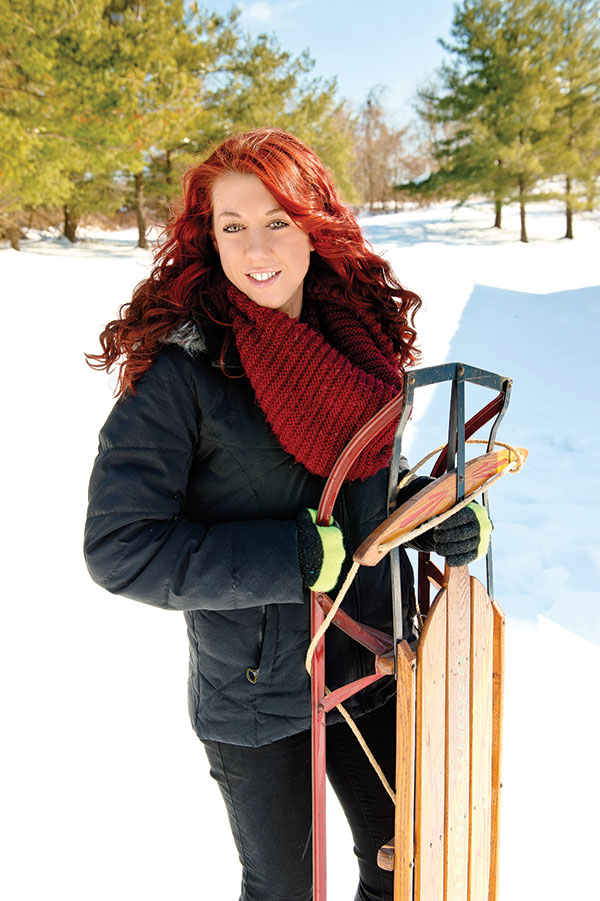
Winter Reflections
All of the photographs seen here were created without any additional illumination from flash or LED lights. The sun provided the key illumination and either a gold or white reflector helped fill in the shadows.
All of the snow blanketing the ground reflected the ambient light from the sun and kept most of the light very flat and even. The only reason I used the reflectors was to eliminate the even, flat lighting and up my lighting ratio slightly to a 2:1 ratio.
The next time you have a snowfall, get outdoors with your camera as this is the only time of year when you will have this type of lighting—only without the blue cast.
Chuck Gloman is an associate professor and chair of the TV/Film department at DeSales University. He may be reached via e-mail at chuck.gloman@desales.edu.



